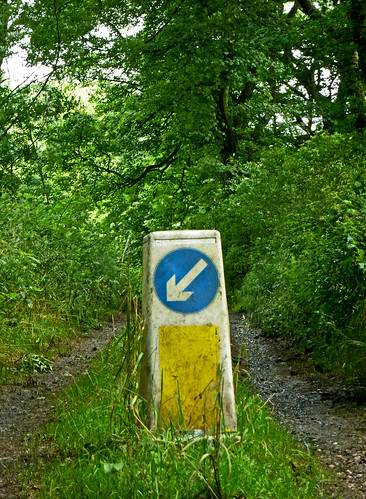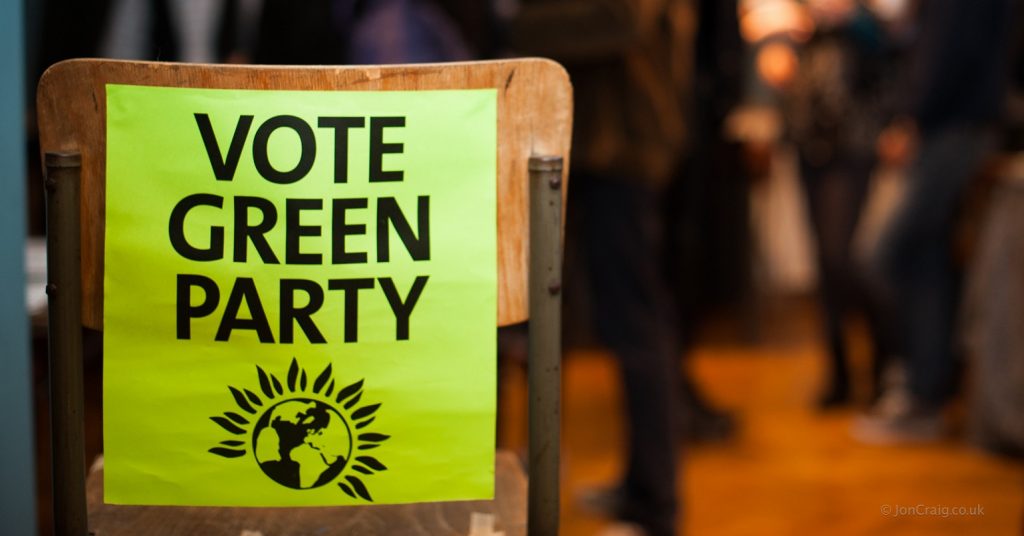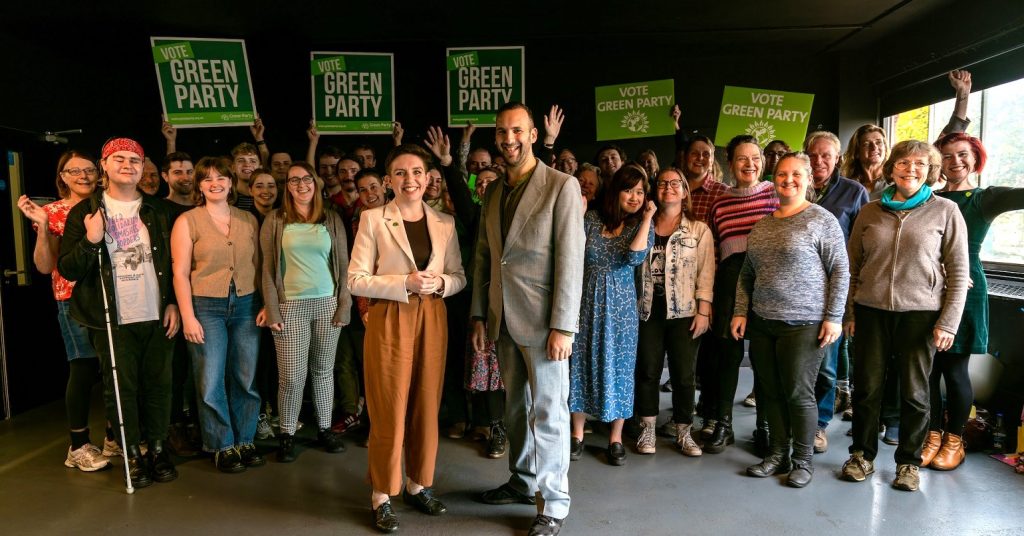The Challenge for the Green Party

Former Guardian Weekly editor Natalie Bennett was this week confirmed as the new leader of the Green Party of England and Wales, replacing Caroline Lucas who has served in the post since its creation. The new leader has set her party some ambitious goals: six MEPs by 2014, and a Green councillor in every area by 2020. At their Conference this weekend the party will no doubt debate how. A look to history might provide some pointers.
When Caroline Lucas won the Brighton Pavilion constituency for the Greens in 2010, she became one of only a handful of candidates from parties to the left of Labour to be elected to the UK Parliament since the Second World War. The first was the legendary Glaswegian trade unionist Willie Gallacher, who risked prison and British tanks for helping organise the Clyde Workers Campaign for a 40 hour week, after which he was elected as Communist Party MP in 1935. In 1945 he was joined by Phil Piratin, who had helped lead the campaign against Oswald Moseley’s Black-shirts in the East End of London. There wasn’t another left breakthrough in England until 2005 when RESPECT won in the same part of the capital following the UK’s biggest ever anti-war campaign.
Caroline Lucas’ historic election in Brighton in 2010 was undoubtedly the result of unparalleled door-knocking and strategic targeting of resources as well as support for local campaigns. But it also followed the largest ever national campaign on climate change, which included marches and direct actions in which she played a prominent role. This mirrors the Greens’ previous electoral break-though, in the European Elections of 1989, which followed the first-ever UK civil society campaign on climate change.
The lesson that can be drawn is that electoral gains for radical parties almost exclusively grow out of participation in broader social movements. Perhaps this was most plain to see in the case of the 2003 Scotland Parliament election, when 13 left candidates (7 Greens, 6 Scottish Socialist Party) were elected, in part due to their prominent role in the campaign against the war in Iraq.
One part of the equation may be that the Labour Party has a notoriously bad record for supporting civil society campaigns, even when they are in opposition themselves. Labour’s present support for cuts to public services and condemnation of public sector workers who resist is just part of a longer story. In the face of the last Conservative government the Labour leadership failed to support the National Union of Miners during the Miners’ Strike, spoke out against members who participated in the (ultimately successful) civil disobedience campaign against the Poll Tax, and provided no opposition to Margaret Thatcher on her decision to enter the Falklands War – an act that contributed to the doubling of her poll ratings.
Once elected, small radical parties can make a difference, as pressure from the left shifts the political centre – indeed, some historians argue that this was a major reason for the creation of the welfare state in the post-war era. Similarly, radical MPs can use their position to speak out about human rights abuses against movement participants, highlight information about potentially damaging plans by government, and attempt to shame other parties into accepting progressive reforms or amendments – all roles that Caroline Lucas plays at present.
But all of this comes with a warning: small left parties often don’t last long in parliament. As movement activists become parliamentarians, the mass support can fall away as attention begins to centre around process and minutiae, meaning it is difficult to mobilise support re-election. Worse still, one-time progressives can lose sight of the bigger picture and see fit to support unconscionable policies in return for minor concessions, as demonstrated by the Irish Green Party’s disastrous spell from 2007 to 2011 as junior coalition partners to the right wing Fianna Fáil. On occasion one-time radicals have found themselves condemning direct action, as Green Party London Assembly Member Jenny Jones did following the student occupation of Conservative Party headquarters in 2010 (she later apologised).
But worst of all, political parties whether Labour, Green or otherwise can serve to subvert radical movements once elected and steer them towards exclusively reformist ends. If an elected Greens see the role of a movement as being only to provide potential supporters for their work within the system, they will have a short political life indeed. The best way of ensuring support at election time is to support the movements on the streets all year round.
The Green Party has more than doubled its membership in the last ten years, to 12,000 across England and Wales. Yet this is still less than the number of voters that would be needed to win a single constituency. Compare that to the 500,000 people who attended the last major march against cuts, or the millions being hurt by the current government’s policies, and the challenge becomes clear. If the Green Party focuses exclusively on electoral campaigning, as some branches would wish, it faces a pathway to oblivion. If it focuses entirely on broader movement work, the unique role that the party can play is lost. But if the Greens can provide a voice inside debating chambers for a growing movement outside, the party has a bright future indeed.




Leave a Reply